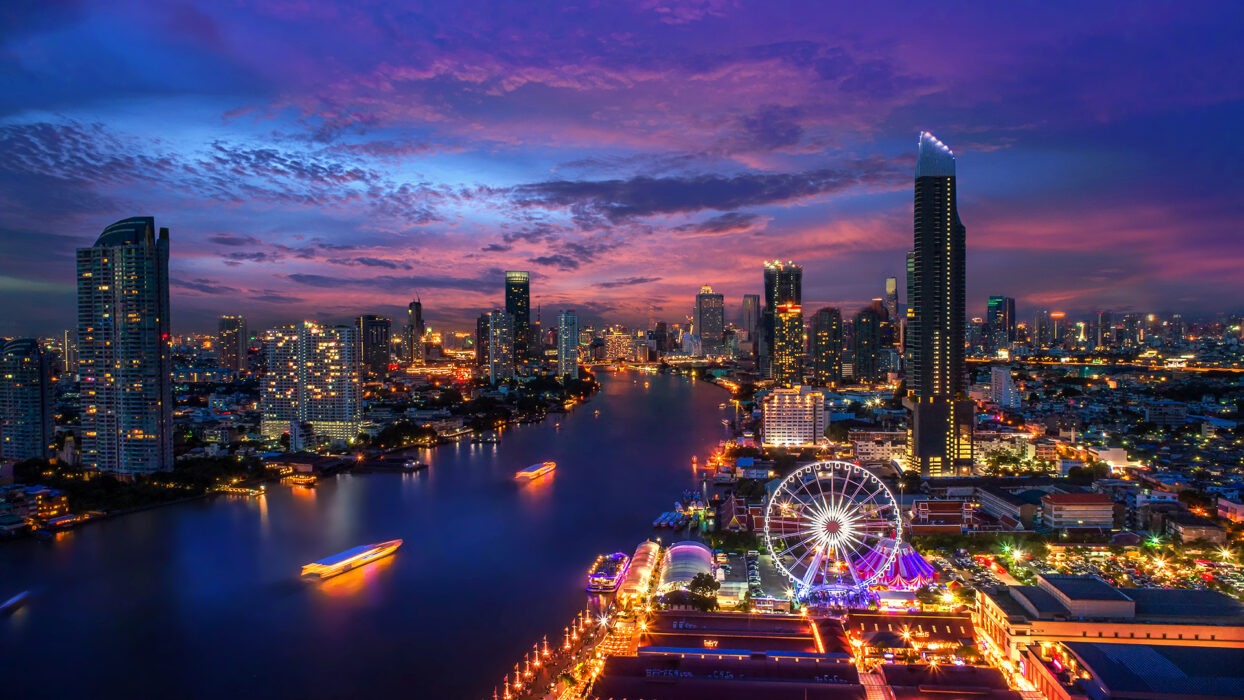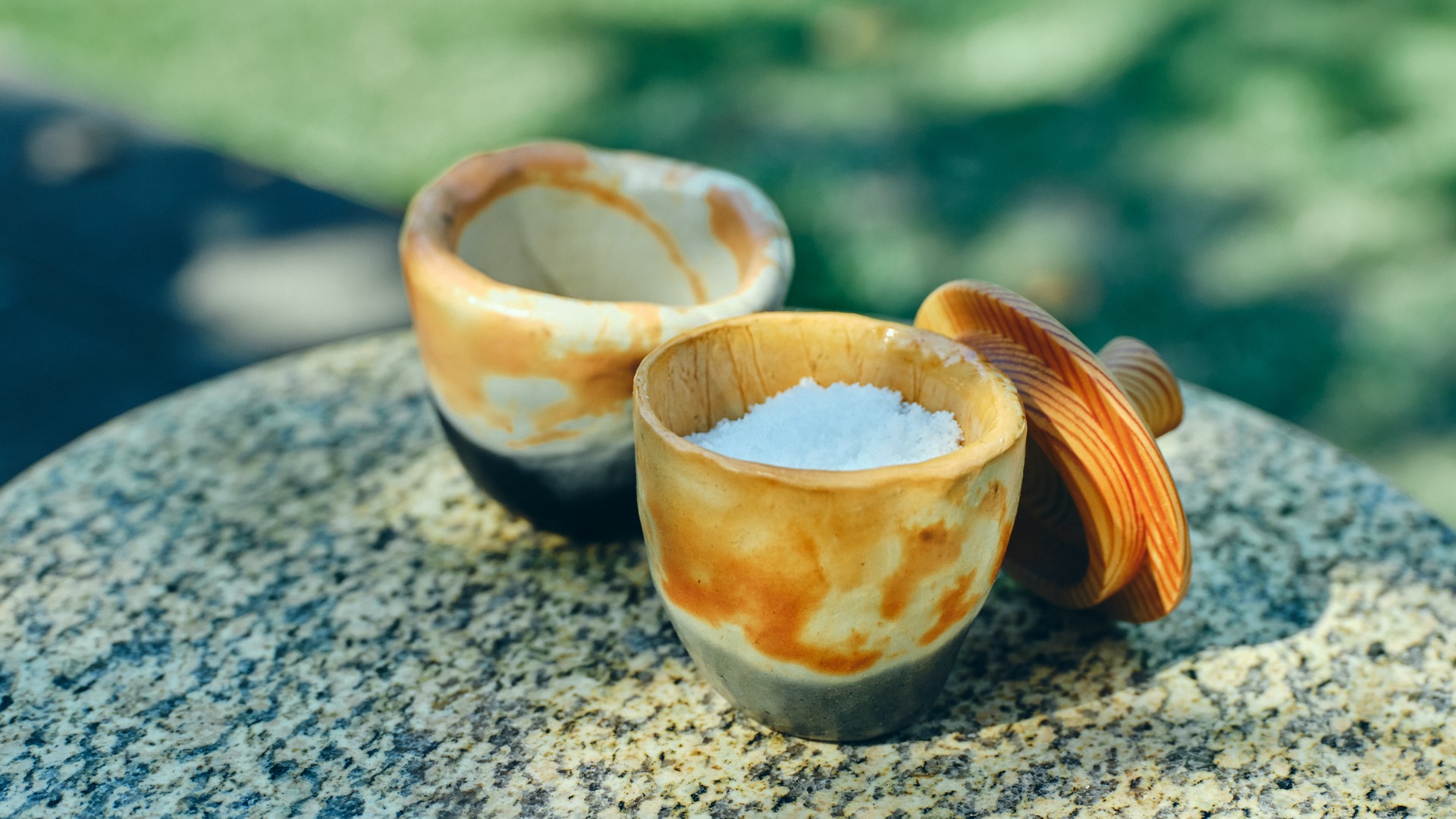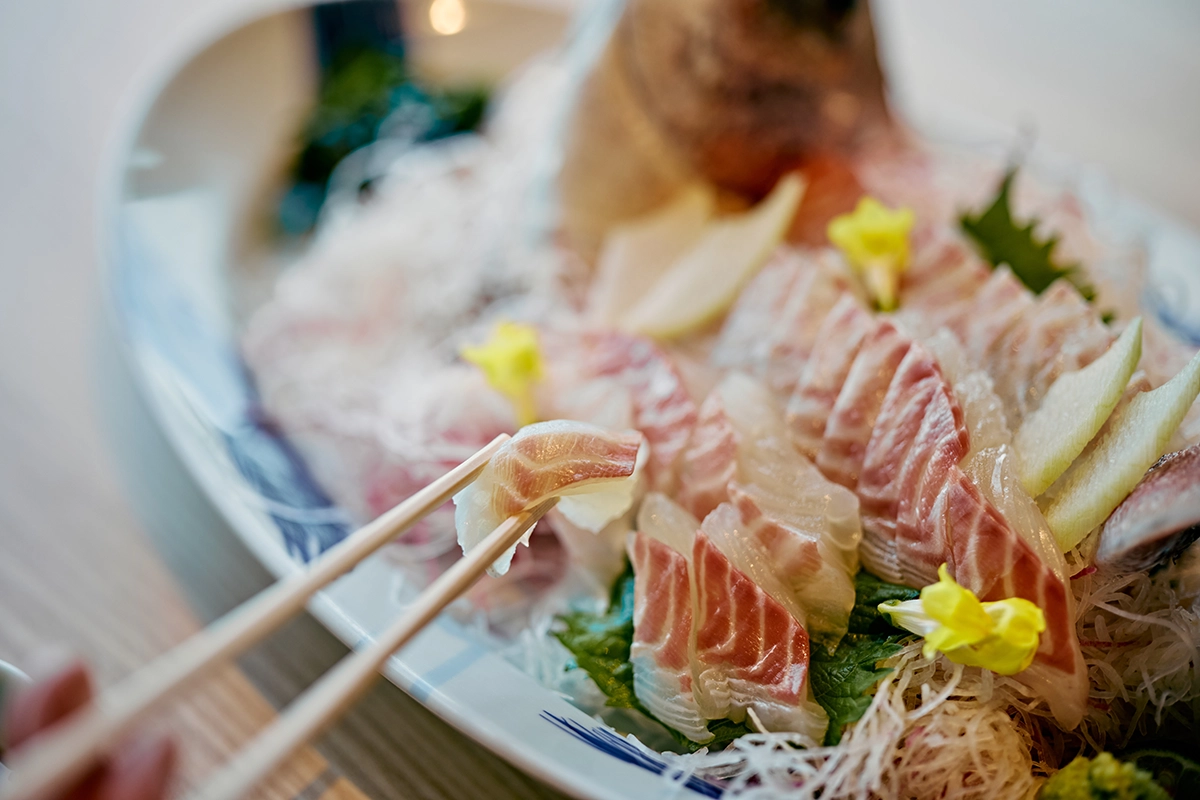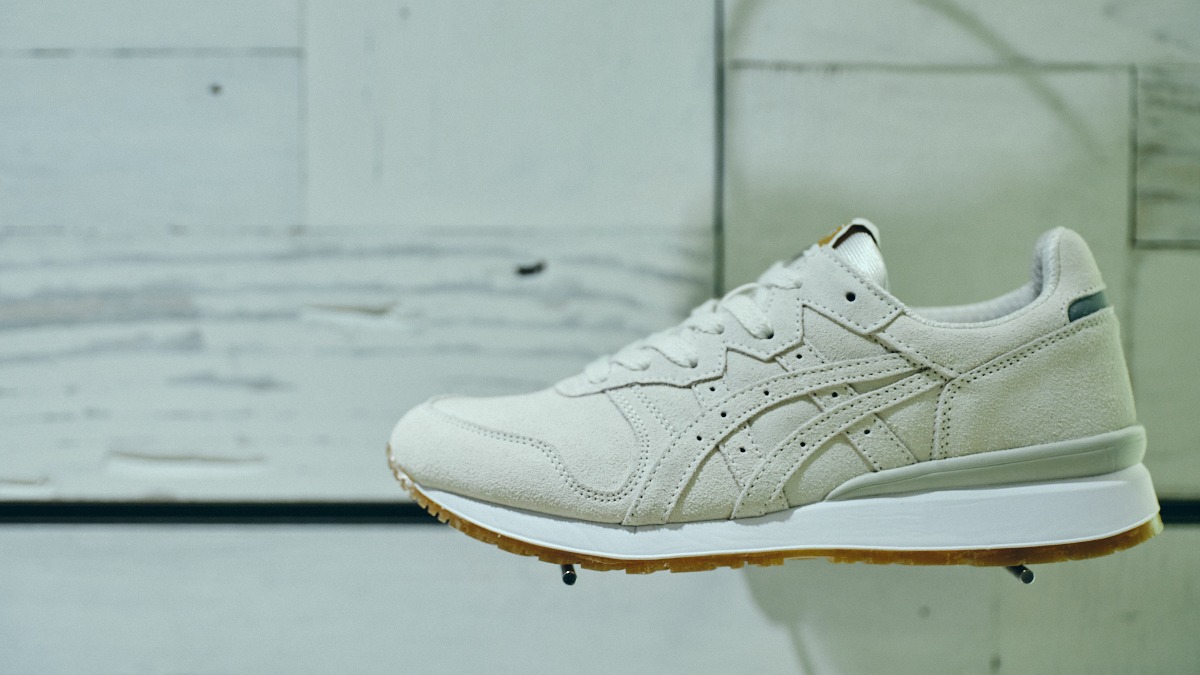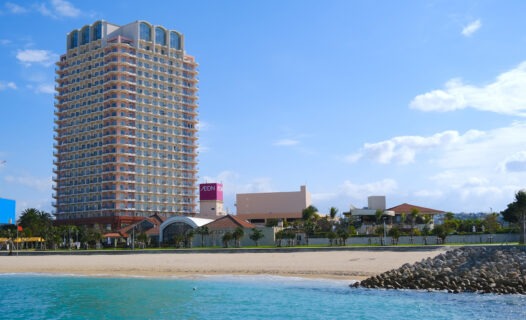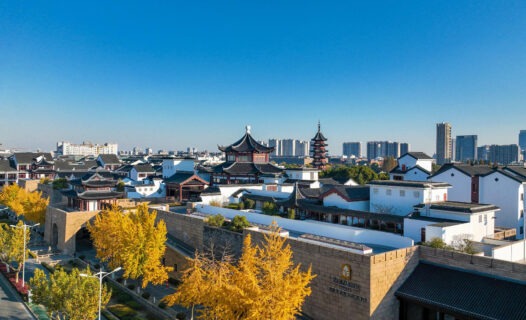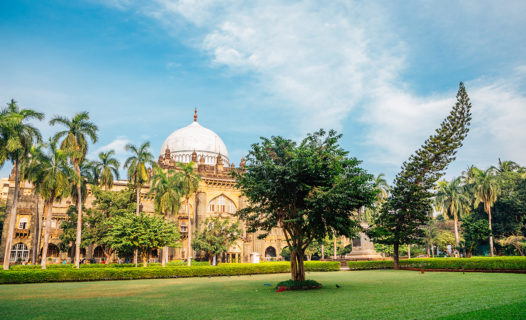Introduction
Bangkok’s Chinatown is a late-night food lover’s dream, where the streets come alive with sizzling sounds, enticing aromas, and vibrant sights. This bustling area, known as Yaowarat, is not just a culinary hotspot; it’s a cultural hub that pulses with energy as night falls. As you wander through the narrow alleys and lively streets, you’ll find a delightful mix of traditional Chinese influences and Thai flavors, making it a unique destination for both locals and travelers alike.
Discovering Chinatown Market Bangkok: A Food Lover’s Paradise
Welcome to Chinatown Market, a sensory feast where food stalls line the streets, each offering a tantalizing glimpse into the culinary delights of Bangkok. The market’s layout is a maze of vibrant stalls, each more inviting than the last, creating an atmosphere that is both chaotic and exhilarating. Here, vendors shout out their specialties, while the tantalizing scent of grilled meats and sweet desserts wafts through the air, beckoning you to indulge.
Unlike other night markets in Bangkok, Chinatown Market is steeped in rich cultural significance, offering an authentic experience that showcases the heart of Thai-Chinese cuisine. The market is a treasure trove of flavors, boasting everything from classic dim sum to innovative street food creations. This is more than just a place to eat; it’s a celebration of culinary traditions that have been passed down through generations. For a complete guide to this food haven, check out our Chinatown Night Market guide.
Essential Opening Hours: When to Visit Chinatown Market
Timing is everything when it comes to experiencing the best of Chinatown Market. The market typically opens in the late afternoon and continues to thrive well into the night, with the most vibrant atmosphere found after sunset. Here’s a breakdown of the opening hours to help you plan your visit:
General Market Hours
The main market area generally opens around 5 PM and stays lively until midnight, though some stalls may close earlier. The peak hours are from 7 PM to 10 PM, when the streets are filled with both locals and tourists eager to sample the diverse offerings. If you want to get the most out of your culinary adventure, aim to arrive during these bustling hours.
Food Stall Specific Hours
While the market itself has broad opening hours, individual food stalls can vary significantly. Some of the most popular stalls start serving as early as 3 PM, while others may not open until later in the evening. To avoid missing out on your favorite dishes, here’s a quick list of some must-try stalls and their hours:
- Yaowarat Toasted Bread: 4 PM – 12 AM
- Guay Teow (Noodle Soup): 5 PM – 1 AM
- Pad Thai Thip Samai: 5 PM – 2 AM
- Fried Oyster Omelette: 6 PM – 12 AM
For a deeper dive into opening hours, check out our best night market guide.
Late-Night Food Adventures: Best Food Stalls to Satisfy Your Cravings
Now that you know when to visit, let’s talk about the real stars of Chinatown Market: the food stalls! Each corner of the market offers a new culinary delight just waiting to be discovered. From savory street food to sweet treats, here are some must-try stalls that will satisfy your late-night cravings.
Street Food Favorites
No visit to Chinatown would be complete without indulging in its iconic street food. One standout is the Guay Teow, a delicious noodle soup that warms the soul. With a variety of toppings to choose from, including tender pork and fresh vegetables, it’s a comforting dish perfect for late-night munching. Prices range from 40 to 80 THB, making it an affordable option for all.
Another favorite is the Fried Oyster Omelette, a crispy delight served with a side of sweet chili sauce. This dish is a crowd-pleaser, with vendors often working their magic right in front of you. Expect to pay around 60 THB for a generous serving that’s sure to satisfy your hunger.
Unique Late-Night Snacks
If you’re looking for something a little different, don’t miss the chance to try the Toasted Bread with Condensed Milk. This simple yet delicious snack is a popular choice among locals, and it’s the perfect way to end your food adventure. You can find it at various stalls, and it typically costs around 30 THB.
For those with a sweet tooth, the Mango Sticky Rice is a must-try dessert. Sweet, creamy, and utterly satisfying, this dish is a favorite among both locals and tourists. Prices usually hover around 50 THB, and it’s a delightful way to round off your culinary journey through Chinatown.
Curious about more food options? Check out our street food fiesta guide for more recommendations!
Culinary Deep Dive: Authentic Thai Food and Local Delicacies
Chinatown Market is a treasure trove of authentic Thai food, offering a chance to savor local delicacies that reflect the rich tapestry of flavors found in the region. As you stroll through the market, keep an eye out for dishes that are not just delicious but also steeped in tradition. Here are some signature dishes and sweet treats that you simply cannot miss!
Signature Dishes to Try
One of the standout dishes in Chinatown is the Boat Noodles (Kuay Teow Reua). This flavorful noodle soup is typically served in a small bowl, allowing you to sample multiple variations. The broth is rich and aromatic, often made with a mix of beef or pork, herbs, and spices. A bowl will set you back around 60 THB, but the explosion of flavors is worth every baht!
Another must-try is the Som Tum, a spicy green papaya salad that packs a punch with its tangy lime dressing and crunchy peanuts. This dish is perfect for those who enjoy a bit of heat in their meals. You can find it at various stalls, usually priced around 50 THB, making it an affordable addition to your culinary journey.
Sweet Treats and Desserts
After indulging in savory dishes, it’s time to satisfy that sweet tooth! One of the most beloved desserts in Thailand is Thai Coconut Ice Cream. Served in a coconut shell and topped with a variety of toppings like sticky rice and sweet corn, this refreshing treat is perfect for cooling off after a spicy meal. Expect to pay around 40 THB for this delightful dessert.
Don’t forget to try Thai Pancakes (Roti), which are crispy on the outside and soft on the inside, filled with a variety of ingredients from banana to Nutella. These sweet treats are usually sold at street stalls and are a favorite among locals and tourists alike, typically costing around 25-50 THB.
For more delightful dishes and dessert options, check out our Explore Bangkok’s Chinatown: A Street Food Fiesta.
Festive Finds: Celebrating Cultural Events in Chinatown
Chinatown isn’t just about food; it’s also a vibrant cultural hub that celebrates various festivals throughout the year. Visiting during these events adds a unique flavor to your experience and offers an insight into the traditions that shape this community.
Lunar New Year Celebrations
The Lunar New Year is one of the most significant events in Chinatown, drawing crowds from all over the city. The streets are adorned with red decorations, and you can witness lion dances, firecrackers, and vibrant parades. Food stalls offer special dishes that are traditionally consumed during this festive period, such as Jiaozi (dumplings) and Nian Gao (sticky rice cake), symbolizing prosperity and good fortune.
Other Cultural Events
Aside from the Lunar New Year, Chinatown hosts a variety of cultural events throughout the year, including the Mid-Autumn Festival and the Vegetarian Festival. These celebrations often feature unique food offerings and cultural performances, making them a fantastic time to visit. Keep an eye out for special promotions at food stalls during these events, as vendors often create limited-time dishes that reflect the festive spirit.
For more on these exciting events, check out our Discover the Heart of Chinatown Bangkok.
Shopping Extravaganza: Unique Finds in Chinatown Market
While the food is undoubtedly the star of the show, Chinatown Market also offers a fantastic shopping experience. From traditional handicrafts to trendy clothing, there’s something for everyone. Here’s what to look out for as you explore the market.
Souvenirs and Handicrafts
One of the best things about shopping in Chinatown is the opportunity to find unique souvenirs that reflect the local culture. Look for handmade items like intricately designed lanterns, traditional Chinese calligraphy, and beautiful silk products. These make for great gifts or keepsakes from your trip. Bargaining is common, so don’t hesitate to negotiate prices to get the best deal!
Clothing and Accessories
Chinatown is also a great place to shop for clothing and accessories. Whether you’re looking for a stylish outfit or traditional attire, the market has plenty of options. You can find everything from trendy streetwear to beautiful Thai dresses (Chut Thai) at reasonable prices. Keep your eyes peeled for unique pieces that you won’t find anywhere else!
For more information on shopping in Bangkok, check out our Explore Night Shopping in Bangkok: Your Ultimate Guide.
Practical Information for Travelers: Tips for an Unforgettable Experience
To make the most of your visit to Chinatown Market, here are some practical tips that will ensure you have an unforgettable experience.
Transportation Options to Chinatown
Getting to Chinatown is relatively easy, with various transportation options available. The BTS Skytrain and MRT Subway are convenient ways to reach the area. The nearest BTS station is Hua Lamphong, while the MRT station is also named Hua Lamphong. From there, it’s just a short walk to the heart of Chinatown. Alternatively, you can opt for a taxi or Grab ride, which is a popular ride-hailing service in Thailand.
Safety and Health Guidelines
Chinatown is generally safe, but like any bustling area, it’s wise to keep an eye on your belongings. Be cautious of pickpockets, especially in crowded areas. When it comes to food, only eat at stalls that appear busy and have a high turnover of customers, as this usually indicates freshness. Staying hydrated is essential, especially during hot evenings, so don’t forget to drink plenty of water!
For more tips on making the most of your Chinatown experience, check out our Chinatown Bangkok Directions: Your Foodie Map for Lunar New Year.
Capturing the Moment: Food Photography Tips in Chinatown
With so many beautiful dishes and vibrant scenes, Chinatown is a photographer’s paradise! Here are some tips to help you capture the essence of your culinary adventure.
Food Photography Tips
When photographing food, natural light is your best friend. Try to take your shots during the golden hour, just before sunset, as the soft light enhances the colors of your dishes. Don’t be afraid to get creative with your angles! Shoot from above for a flat lay or get close up to highlight textures and details. Adding a human element, like a hand reaching for food, can also bring your shots to life.
For those sharing on social media, consider using popular hashtags like #BangkokFood and #ChinatownEats to connect with fellow food lovers!
Seasonal Travel Insights: Best Times to Visit Chinatown
Chinatown offers a unique experience year-round, but certain seasons bring their own flavors and events. Here’s a quick guide to help you choose the best time for your visit.
Seasonal Highlights
During the cooler months from November to February, the weather is pleasant, making it ideal for exploring the market. This is also when many festivals take place, including the Lunar New Year, which features vibrant celebrations and special food offerings.
In the rainy season, from May to October, the market can be less crowded, allowing for a more relaxed experience. Just be sure to bring an umbrella and enjoy the refreshing atmosphere that comes with the rain!
For a detailed look at what to expect in each season, check out our Bangkok Food Trends.
Commonly Asked Questions (FAQs) About Chinatown Market
As you prepare for your visit to Chinatown, here are some common questions travelers often have:
What are the best food stalls to visit?
Some of the most recommended stalls include Yaowarat Toasted Bread, Guay Teow, and Pad Thai Thip Samai. Each offers a unique taste of the local cuisine!
Is Chinatown safe for tourists?
Yes, Chinatown is generally safe, but like any busy market, it’s wise to be cautious with your belongings and avoid displaying valuables.
What is the best time to visit to avoid crowds?
If you prefer a quieter experience, consider visiting on weekdays or during the earlier hours of the evening. The market tends to get busier after 7 PM.
Day-by-Day Itinerary: Maximizing Your Time in Chinatown
To help you make the most of your visit, here’s a suggested itinerary for a weekend in Chinatown!
Day 1: Arrival and Evening Exploration
Start your evening by arriving at Chinatown around 5 PM. Begin with a leisurely stroll through the market, soaking in the sights and sounds. Stop by Yaowarat Toasted Bread for a quick snack before diving into a bowl of Guay Teow for dinner. As the night progresses, make sure to try the Fried Oyster Omelette and end your culinary adventure with some Mango Sticky Rice.
Day 2: Food Tour and Shopping
On your second day, return to Chinatown for a more in-depth food tour. Start with breakfast at a local stall, then explore the various shops for souvenirs and handicrafts. Don’t forget to sample some sweet treats like Thai Coconut Ice Cream and Thai Pancakes as you shop. Wrap up your day with a visit to a cultural event if one is happening, or enjoy the bustling atmosphere of the market at night.
For more detailed itineraries, check out our Bangkok Night Food Tour.

